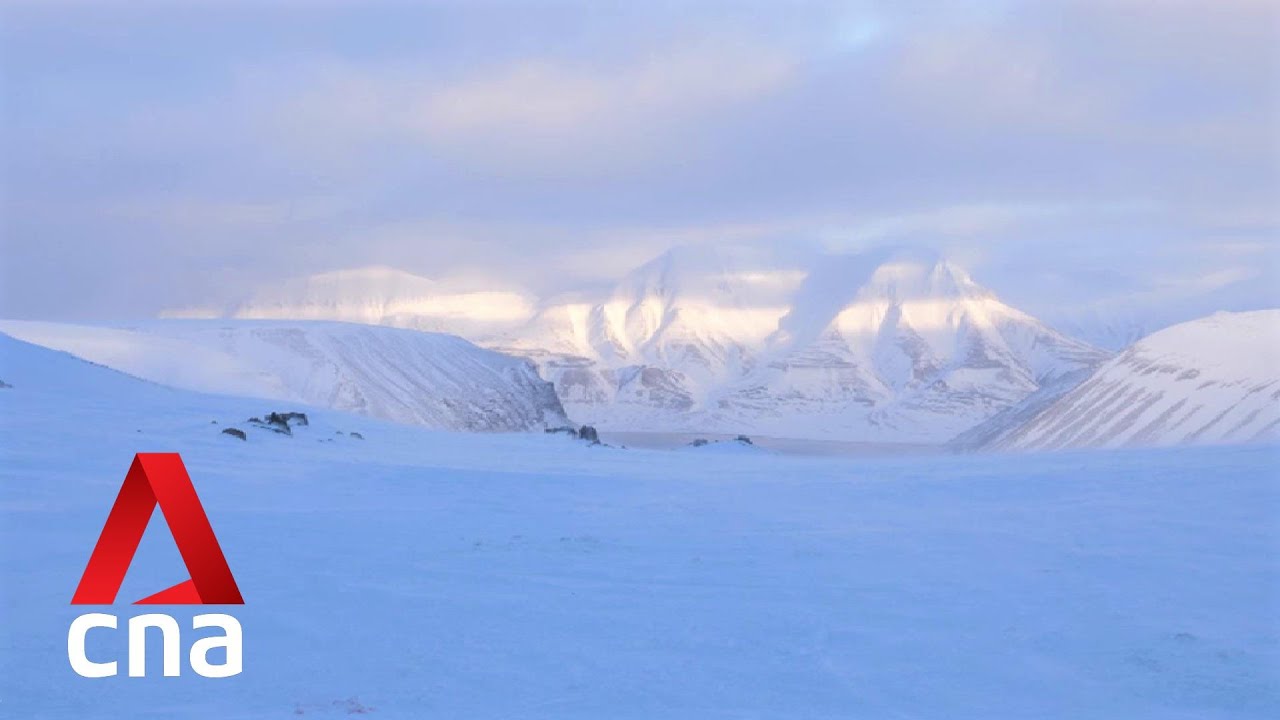Communities Living In Svalbard On The Forefront Of Arctic Warming
Unleash Your Creative Genius with MuseMind: Your AI-Powered Content Creation Copilot. Try now! 🚀
The Frozen Paradise of Svalbard: An Unlikely Battlefield
In the vast expanse of the Arctic Sea, nestled between Norway and the North Pole, lies the archipelago of Svalbard. A remote and frozen paradise, this hostile environment has always challenged its inhabitants to survive against the odds. However, climate change has brought about a new set of challenges that threaten the very existence of the 2,500 people who call Svalbard home.
A Melting Reality: Signs of Change
Scientists working in Svalbard have witnessed alarming rates of ice melting and glaciers retreating. The consequences of these environmental shifts are profound, raising crucial questions about the future of this unique community. Temperatures are rising rapidly, and reduced sea ice has forced polar bears to venture closer to human settlements in search of food. Environmental risks are on the rise, and the effects of climate change can no longer be ignored.
A Guided Tour of Melting Glaciers: Witnessing the Melt Firsthand
As a tour guide, Mons Gulgrin has seen firsthand the impact of climate change on Svalbard's glaciers. He took us deep into one of these ice giants to demonstrate just how serious the melt has become. "The Yusta Dance Glacier where I've been working since 2011 has retreated by over a kilometer in length, and around 35 meters in height," Mons explained. The visual evidence is irrefutable, and the urgency of the situation cannot be overstated.
The Cruel Irony: Coal and Carbon Emissions
It is a cruel irony that Svalbard's wealth was built on coal, the world's biggest source of carbon emissions. The landscape is still scarred by the infrastructure once used to mine this fossil fuel. Over the last five decades, the community has relied heavily on coal. However, as the world grapples with the consequences of its carbon addiction, Svalbard faces the challenge of transitioning to more environmentally friendly energy alternatives.
Extending the life of the coal mine was a temporary measure, aimed at buying time for sustainable solutions to take root. But the shift toward greener energy requires significant investment, making it a daunting task for a remote community like Svalbard. With tourism now its main sector for employment and economic growth, the demand for change is growing. Visitors, conscious of their carbon footprint, are actively seeking experiences that leave no trace. Some companies are beginning to offer greener solutions, such as electric-powered snowmobile excursions, to meet this demand.
The Unknown Future: A Battle Against Nature and Ourselves
Predicting what the future holds in the face of a changing climate is a daunting task. Svalbard, being so close to the North Pole, was never meant to be inhabited by humans. The harsh reality is that everything must be brought to this remote community, as nothing can be grown in this frozen terrain. While life on Svalbard may seem normal in its own unique way, it is far from easy. Yet, the people here have created their own version of normalcy, adapting to survive in this challenging environment.
For now, the community of Svalbard is doing everything it can to thrive against the odds. But there are concerns that one day, the battle against climate change may render this beautiful land uninhabitable. The future hangs in the balance, and the fate of Svalbard serves as a microcosm of the global fight against climate change.
In this rapidly changing world, it is up to all of us to take action. We must prioritize the health of our planet and seek sustainable solutions. As the alarming signs from Svalbard remind us, the time to act is now. Let us come together with creativity, humor, and an unwavering positive attitude to save our precious home. The battle for a sustainable future has begun, and the fate of Svalbard is a reminder that our choices today will shape the world of tomorrow.

Related Recaps
- Pintópolis F.C x União F.C | Tubarão F.C x Garotos F.C | Semifinal Copa Faustino 2023
- BREAKING: Giuliani ordered to pay $148 million in Georgia election worker defamation case
- "We Have A Good Plan, We Have A Good Process, I'm Optimistic" | GM Joe Douglas Press Conference
- THE NEW YORK DAD LACING SERIES EPISODE 164.0 JORDAN 3 “WHITE CEMENT” REIMAGINED (black lace swap)
- Carlos III, la reina Camila y la familia real , sin Harry, saludaron desde el balcón del palacio